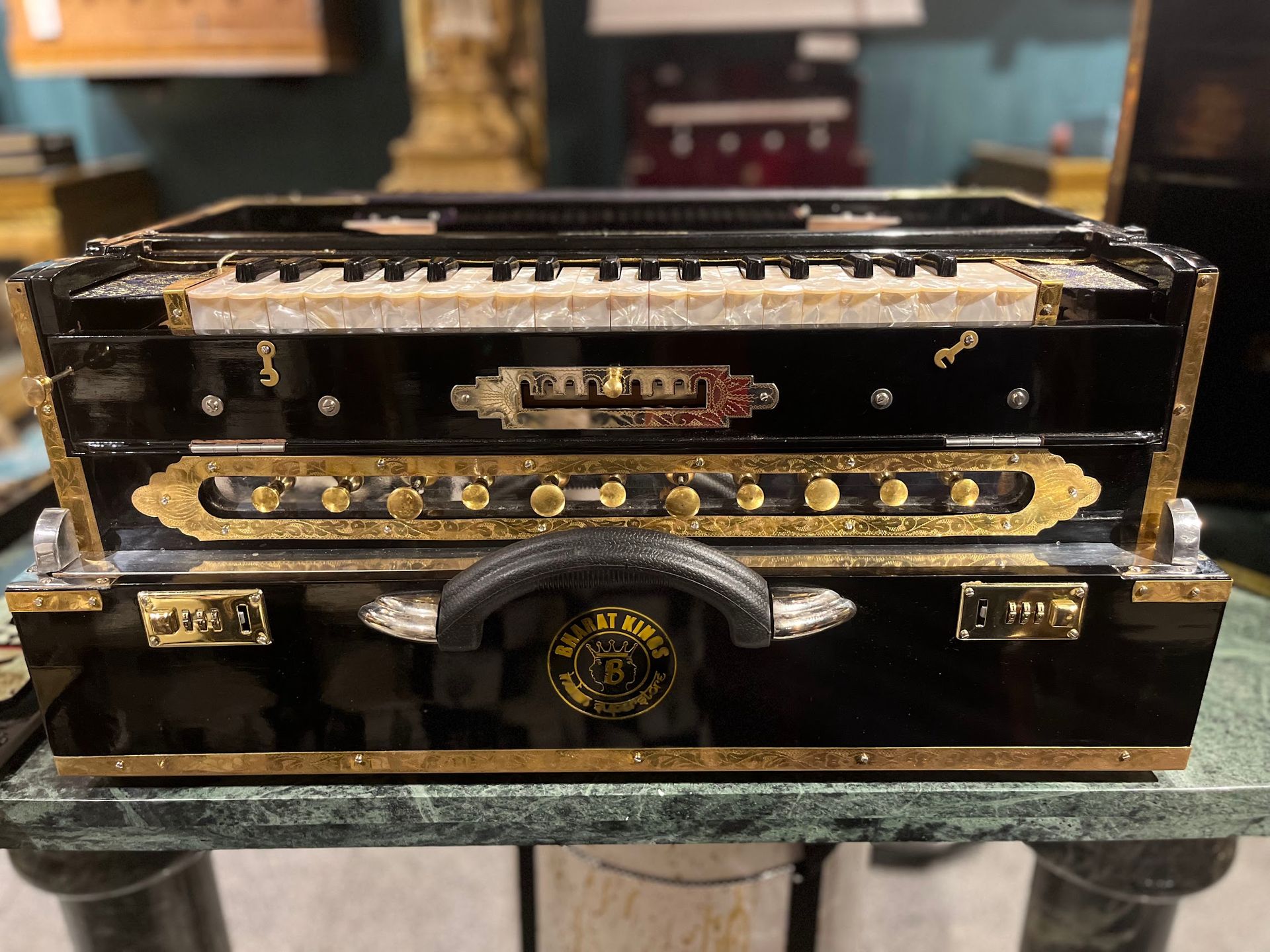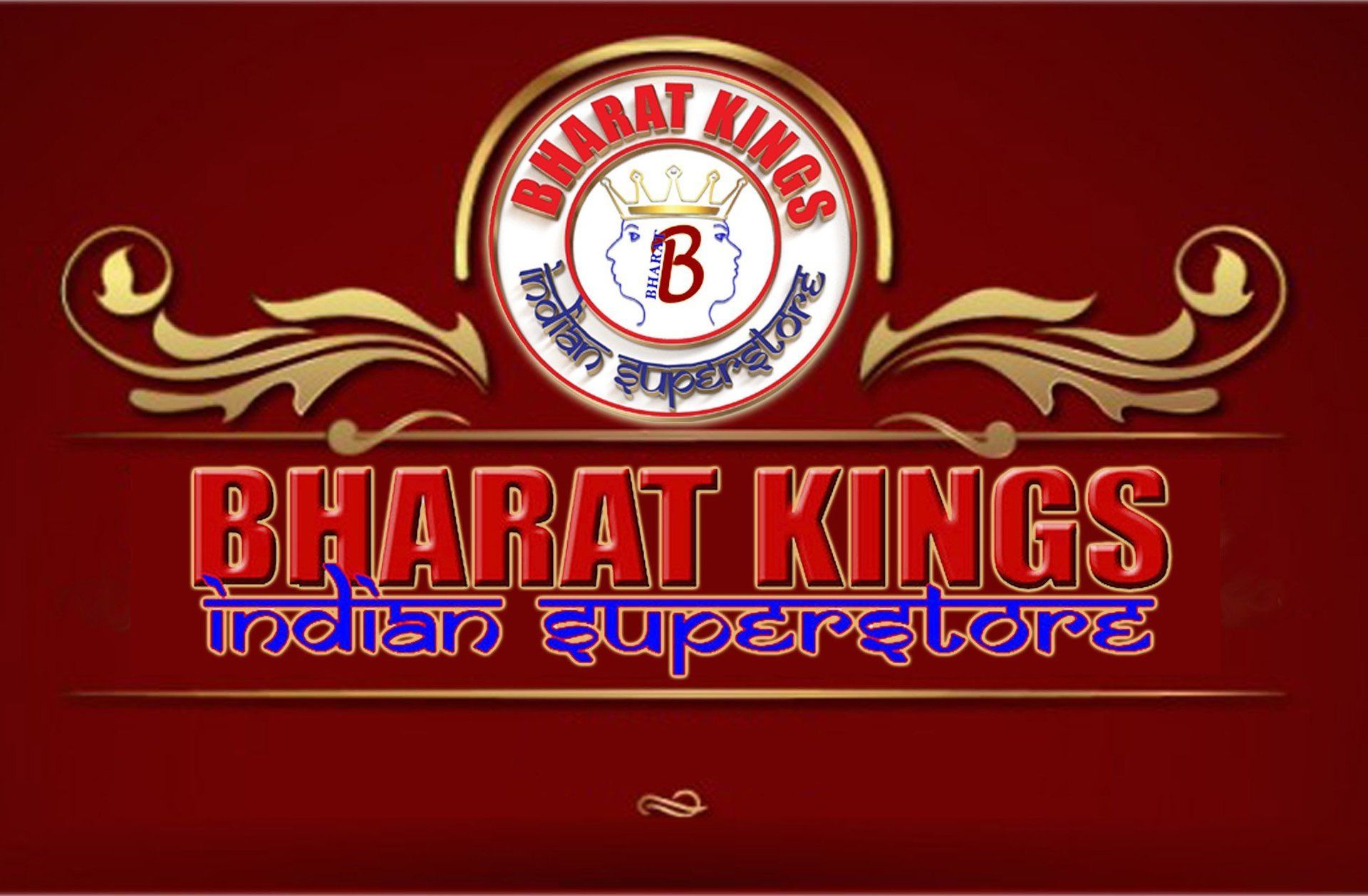Wind instruments
Harmoniums
The harmonium is a hand organ. It has a vertical bellows that is played by hand. The harmonium comes from Western Europe, but is still used in India. The harmonium
is a traditional characteristic Indian musical instrument. We always have 9 and 7 Harmonium stops in stock and can color -
order rows of soers sounds etc.
English: Flute
The bansuri is a wooden flute. It is a bamboo transverse flute from India.
The bansuri is played in traditional Indian music. A bansuri is also associated with Shri Krishna who plays a bansuree.
Shruti Box
The Shrutibox is a hand organ that can be played with one hand. It involves a few holes that can be opened and closed, the holes from which air is pumped produce sound. Shruti boxes are available in different octaves and sizes.
String instruments
Tanpura
The tanpura is a stringed instrument with 4 or 5 strings, which serves as a basis for melodies and harmonies. Although it does not play prominent melodies itself, the tanpura adds depth and harmony to musical performances. It is considered an essential part of classical and devotional Indian music styles. It contributes to the meditative and cultural richness of the musical traditions of India.
Sitar
The sitar is a string instrument from India.
It usually has five or more playing strings and additional strings that sound along. The sitar has a long neck with loose tone ridges and a gourd as a sound amplifier. The singing sound and the sliding scales are a traditional characteristic of Indian music instrument. Ravi Shankar, one of the most famous sitar artists, made this instrument famous in the western world.
They are sick.
The santura is a string instrument. It is of Persian origin and the strings are struck with light mallets.
The santura also came to India from Persia.
In India it has a characteristic trapezoid shape. The santura is a traditional characteristic Indian musical instrument.
Sarangi
The sarangi is a string instrument from India. The instrument is often played in a crouching position.
It is a kind of complicated violin with extra strings that sound along when the four playing strings are played with a bow. The sarangi is a Traditional characteristic Indian musical instrument.
Veena
The veena is a traditional string instrument from India, known for its rich history and musical significance. It has an elongated body with multiple strings running over resonators. The veena is used in Indian classical music and has a melodious and expressive sound. The instrument is played by plucking and striking the strings, and is a symbol of the country's rich musical heritage.
Ektaara
The ektara is a simple string instrument that is often used in Indian folk music, especially in Punjab. It consists of a single string attached to a resonator, often made of a gourd or wooden frame. The player holds the ektara and plucks or strikes the string to produce sound. This instrument has a distinctive sound and is often used to accompany singing or dancing in various Indian regions.
Percussion instruments
Dholak
The dholak is a double-headed drum from India. The drum is hollow of wood and more convex in the middle than at the ends. The dholak is a Traditional characteristic Indian musical instrument.
Dholaks come in different sizes from large to small. It is important that you choose a size that fits comfortably in your hand, we then pay attention to your shoulder width, this prevents over-straining your shoulders while playing the dholak.
Board
The tabla are two small kettle-shaped drums from India. They are played with the fingers and palms. Usually one drum has a convex shape and the other a cylindrical shape.
The tabla is a traditional characteristic Indian musical instrument.
A Tabla consists of a bass (bayan) and a soer (dayan).
Mridangam
The mridangam is a traditional South Indian drum that is an integral part of classical Carnatic music. It has a double-sided drumhead, and a body made of clay. The mridangam is played with the palms and fingers. The instrument plays a prominent role in both kirtan and accompaniment to vocal and instrumental music, and contributes to the rhythmic richness of the South Indian musical tradition.
Dhapla / Dhaf
The Dhapla is a diaphragm. It is a large single skin frame drum from India, a drum with 1 round skin that is played with a stick or hand. The Dhapla is a Traditional characteristic Indian music instrument.
Bangra go
The Bhangra Dhol is a distinctive percussion instrument that plays a central role in the vibrant and lively music and dance of Punjab, India. This double-sided drum has two skins – one for bass and one for top notes – which are played with hands and sticks. The deep, powerful sounds of the Bhangra Dhol add rhythm and energy to the festive and joyful atmosphere of Bhangra performances, and are an essential part of celebrations and dance festivals around the world.
Djhaal / Dhantaal
Dhantaal is a percussion instrument from India, consisting of metal bells attached to a wooden or steel frame. It is shaken to produce rhythmic tinkling sounds, and is often used in traditional folk music and dance.
damru
The damru is a small, double-sided drum with an hourglass shape, associated with Lord Shiva. The sound is produced by shaking the instrument rapidly, creating a unique rhythmic 'drrin drrin' sound. It symbolizes cosmic rhythm and is often used in spiritual and cultural occasions in India.
Country
The nagara is an Indian drum with a deep and resonant sound. It is often used in religious and cultural events such as processions, festivals and temple ceremonies. The nagara has historical significance and is associated with traditional music and rituals in various regions of India. The sound of the nagara contributes to the atmosphere of celebrations and gatherings and has a distinctive place in the Indian musical tradition.
Pankawaj
The pakhawaj is a double-sided drum used in North Indian classical music. With a deep sound and complex rhythmic patterns, it serves as an accompanying instrument for vocal and instrumental performances. Its wooden frame and animal hide skins give it its characteristic sound, and it plays a crucial role in classical and devotional music traditions.
Palm / palm tree
The kanjira is a round hand drum, a type of tambourine from South India, used in Carnatic music. With a wooden frame and animal skin, it is played with one hand and adds rhythmic complexity to South Indian performances.
Manzeera / Mandjira (basins)
The manjira is a percussion instrument with two small metal discs that are struck together to create rhythmic sounds. It is often used in traditional Indian music and dance, kirtan, and adds a lively rhythmic element to accompaniment music and cultural performances.
Gungaru (single bell)
Gungru, also called ghungaroo, are small bells attached to each other and worn by dancers to add rhythm and sound to traditional Indian dance and music. It can be worn on your wrists or ankles.
Costumize your dream Instrument
Contact us or visit our store at Paul Krugerlaan 194 The Hague









